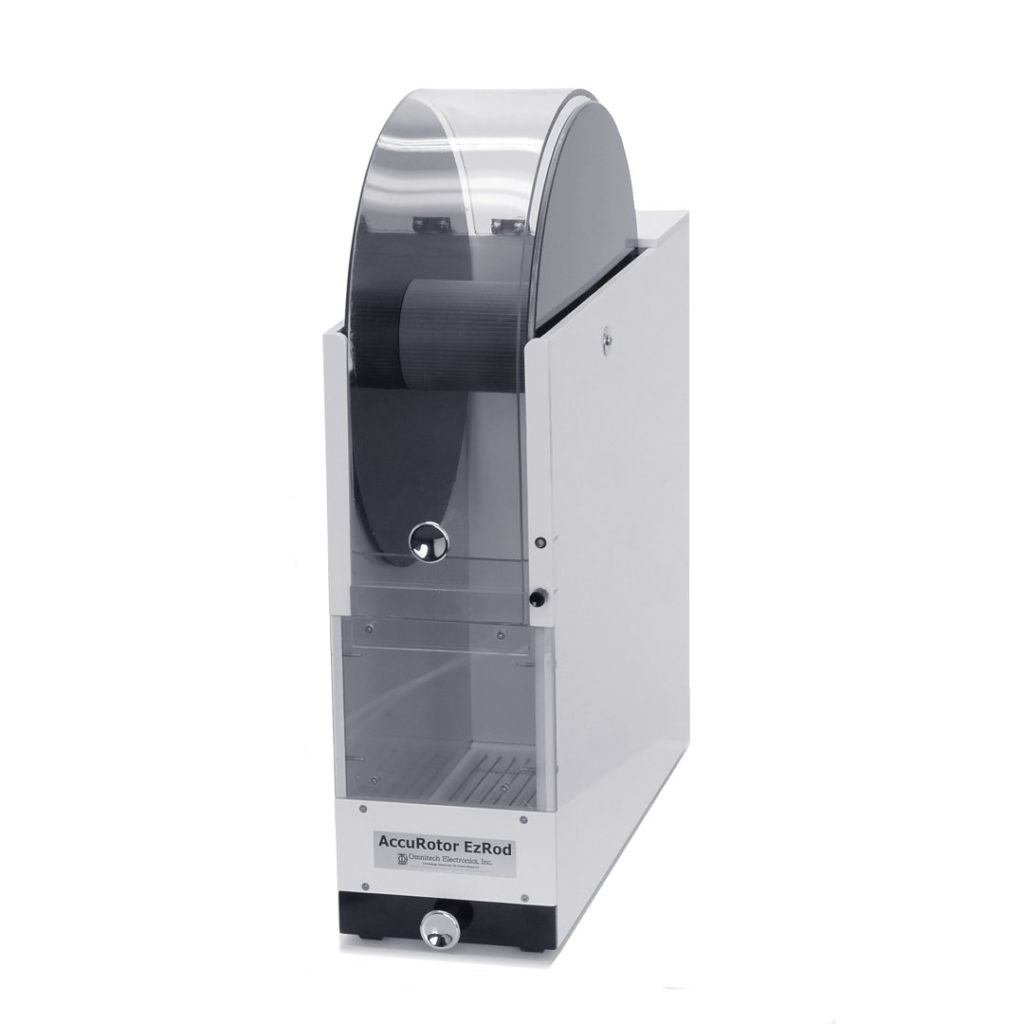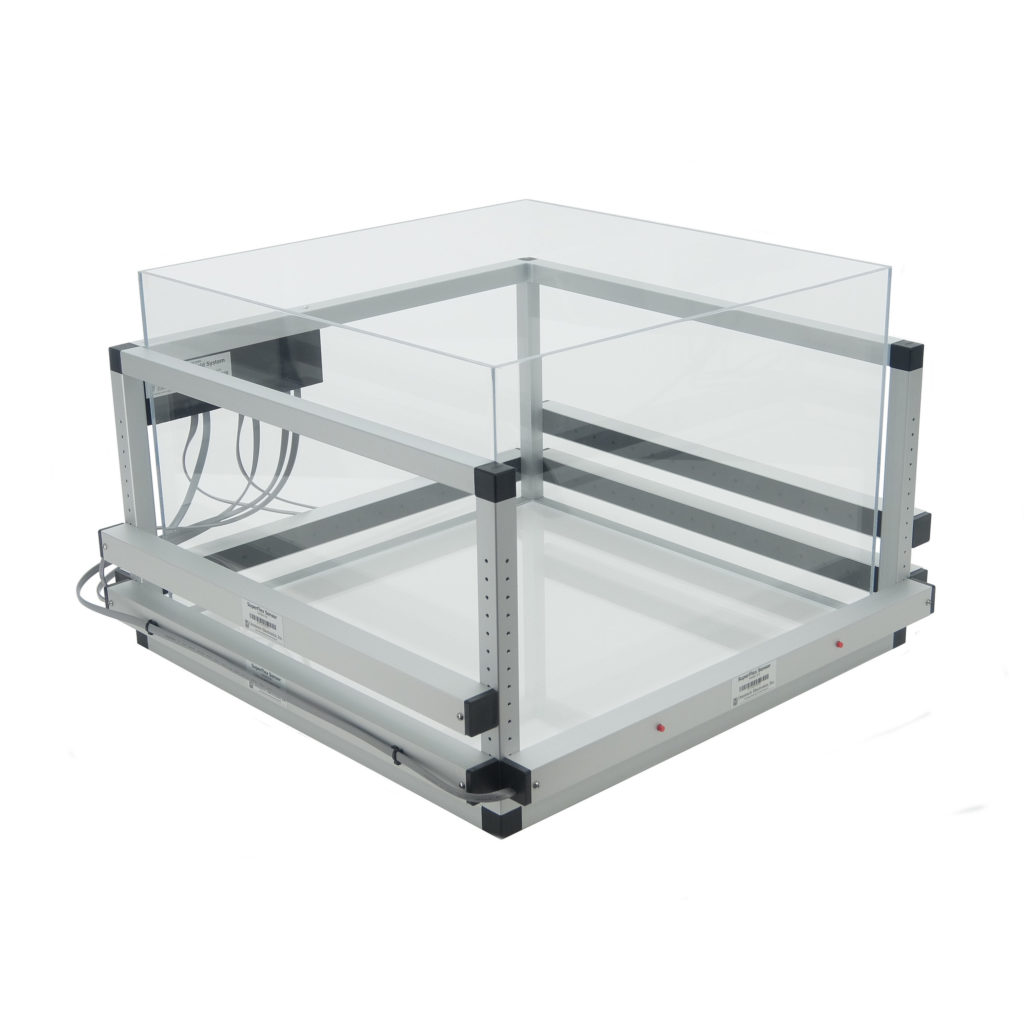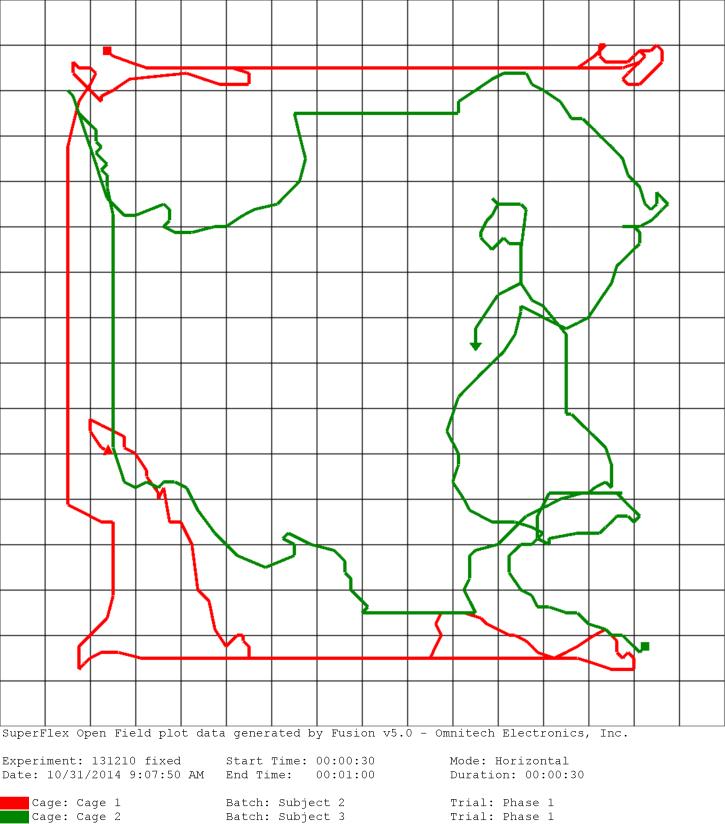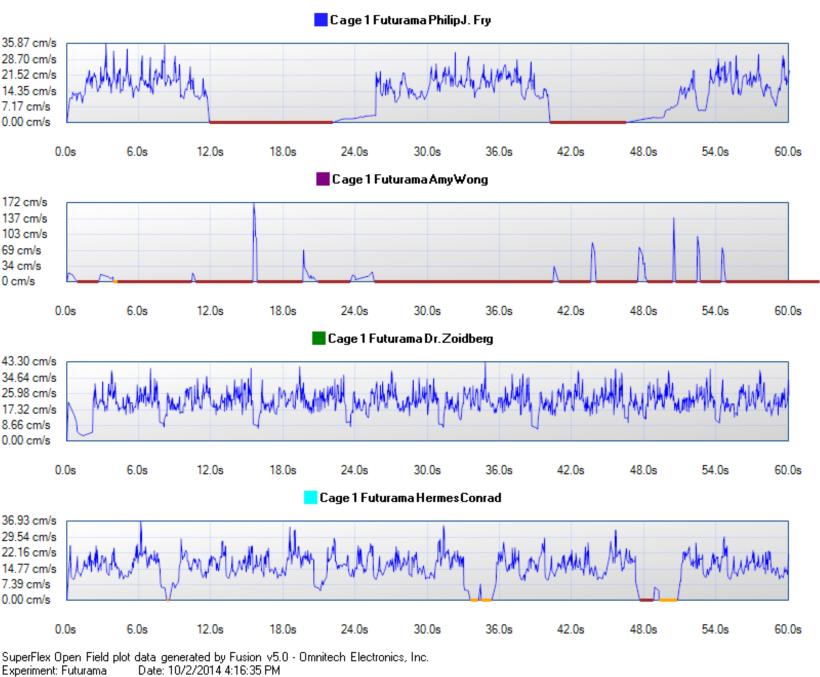What Is A Rotarod And How Do They Work?
When studying mice, researchers must assess their behavior. The mice cannot complete a survey or share information verbally, so it falls on the researchers to find other ways to assess changes in their behavior. One way to do so is through the use of a rotarod.
What Is A Rotarod?
Imagine a treadmill for mice. That’s what many scientists see a rotarod as. This device assesses motor coordination, motor function, motor deficits, balance, motor learning, and performance in mice. In addition, this device can test the gait, coordination, and muscle strength of the mice. The rotarod test is used to assess motor coordination and balance in rodents.
The scientists place the mouse on a rotating horizontal rod. The test begins with the rod operating at a designated speed. As the test progresses, the speed at which the rod rotates accelerates for a predetermined period.
Researchers monitor the mice to see how long they can stay on the rod as it speeds up. The research team looks at both the time the mice stay on the rod and the speed at which the rod accelerates. Scientists can monitor several mice simultaneously when using a rotarod. Vertical barriers separate the mice on the rotating rod.
Researchers frequently use this test when studying rodents. The device does not cause the mice any pain or distress. They know the animals will naturally try to stay on the rod to avoid a fall. However, if they fall, the mice will not be injured.
Many people compare the rotarod test to a hamster or gerbil running on the outside of their exercise wheel. The key difference between the two activities is the rotarod is mechanically driven rather than powered by the mice.
N.W. Dunham and T.S. Miya first created the rotarod technique of testing. Initial rotarods had set speeds, but models today come with contstant or increasing speed. Scientists found set speeds weren’t of benefit, as many mice would fall off the rod initially because of poor coordination. Those that stayed on the rod rotating at a set speed would have their endurance tested rather than their coordination.
The Benefits Of Using Rotarods
Scientists use the rotarod in measuring motor coordination of mice. They can then compare the data of different mouse model. For example, they can initially test mice suffering from a medical condition. They then provide these mice with medication and test them again. The scientists record any differences to determine whether the medication was of benefit.
Using the rotarod allows scientists to have a continuous variable that is discretely measurable. They use the data collected to quantify the results of procedures, conditions, and drugs. Scientists are not required to make subjective judgments regarding the animal behavior like mice. This ensures inter-rater reliability is near perfect.
However, for inter-laboratory reliability, scientists would need to ensure they replicate all parameters. This includes the cylinder size, the constant speed at which it rotates, and how much training or practice the mice receive prior to testing.
Testing Uses For Rotarods
Scientists may use rotarods in a variety of testing scenarios. For instance, researchers often look for impairment in motor tests behavior in mice when testing new prescription medications. They wish to see which medications might lead to subtle impairments in behavior.
These impairments may go undetected in humans for an extended period but are more apparent in mice. They then screen out those drugs that might lead to concerns if used in the human population. Researchers have used this testing method to learn about trauma induced by brain injury. Other studies show alcohol impairs performance in the rotarod test when looking at mice.
When scientists provide mice with different chemical agonists and antagonists, they can determine which neural components bring about the effects of these chemicals. In fact, rotarods have been of great use in learning more about human behavior.
Genetic knockout animals underwent testing on rotarods to figure out which genes control mammalian balance and coordination. Researchers looked at certain brain lesions in different animal models and tested the animals’ performance. When doing so, they could map those structures within the brain that are necessary for mammals to maintain balance.
Omnitech Rotarods
Scientists often turn to Omnitech when they wish to purchase rotarods. The following items are ideal for the testing of rodents today.
The AccuRotor Four Animal Rotarod
The AccuRotor Four Animal Rotarod tests the coordination of rodents. When used with Fusion software, this device allows the user to set up simple or complex trials, depending on the needs of the study. This unit comes equipped with a precision-controlled servo motor. The motor rotates a suspended cylinder designed to facilitate the grip of the rodent. The mouse or rat balances on the rod.
If the rodent falls off, the software immediately records how long they remained on the rod or increments between falls when the scientist is testing for multiple falls in a duration-controlled experiment. Subjects cannot escape or create a false trigger in another lane when they fall thanks to the enclosed chamber design beneath each rod. Each chamber comes with a status indicator, a start button, sensors designed to detect mouse falls, other motor tests, and a tray to collect waste from the subject.
Researchers may use the device with mice and rats, and models come in both standard and tall versions. The scientist may also wish to upgrade to a stand-alone unit that comes with a digital readout display. Users can set up the experiment using the Fusion software quickly and easily. They program the software with the desired number of trials for each subject and the animal batch sizes.
The researcher may also establish individual trial re-run capabilities as needed or create custom acceleration profiles with the help of the acceleration profile editor. This software allows for the testing of large groups and multiple trials for individual animals.
The AccuRotor EzRod
Researchers wishing to test single animals often turn to the AccuRotor EzRod. Used with the Fusion software, this device handles both simple and complex speed and acceleration trials.
As with the AccuRotor Four Animal Rotarod, this device automatically stops the experiment when the subject falls. Sixteen EzRods can connect to a computer simultaneously, as long as the computer can handle this amount. Researchers find they can test animals in rapid succession using these devices. As a result, they often turn to EzRods for high throughput experiments.
Consider rotarods for various experiments. Researchers find them to be of significant benefit when testing rodents under many conditions. However, be sure to check out all Omnitech products to find those best for the experiment being conducted.





